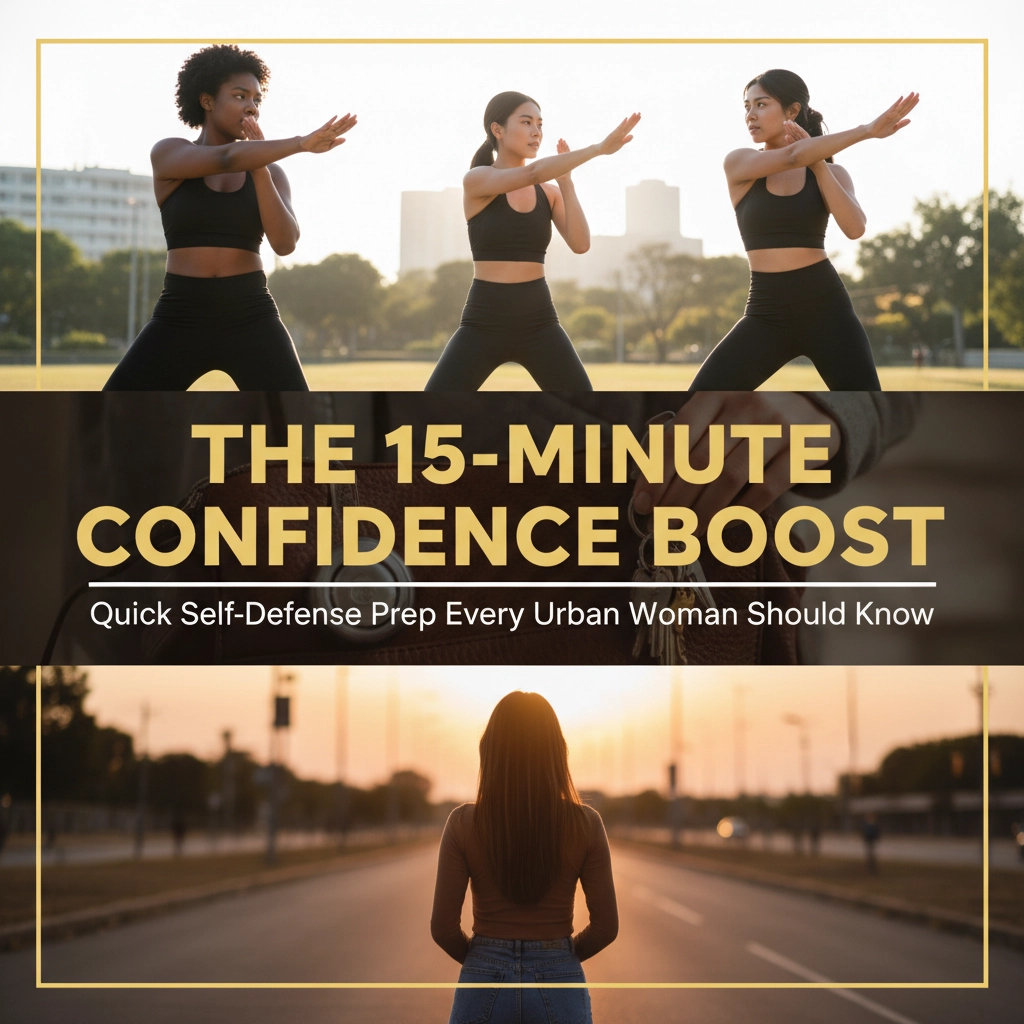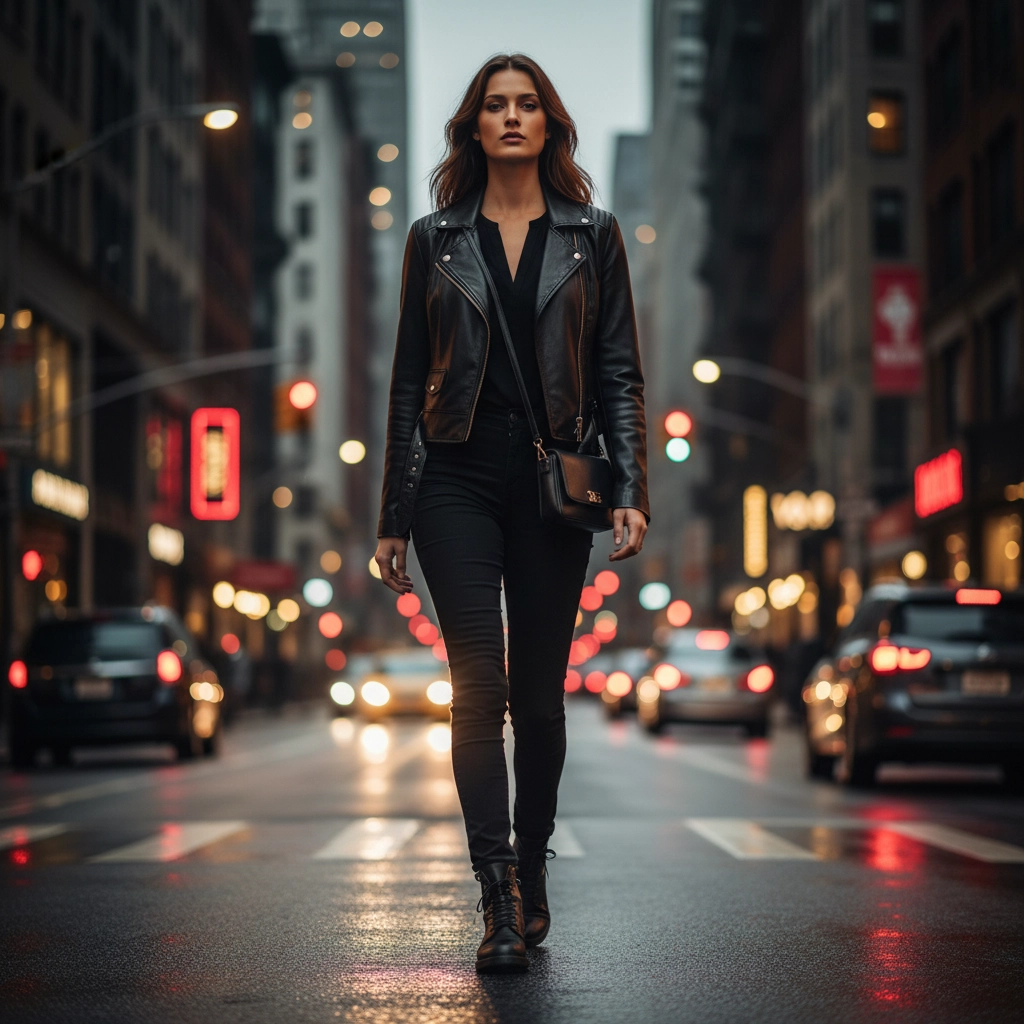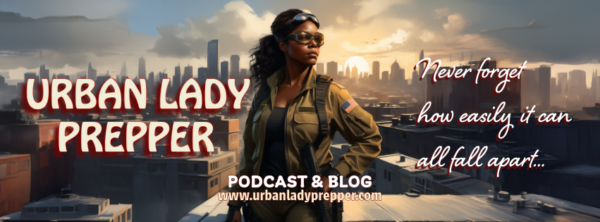
Let’s be real, as urban women, we navigate a world that isn’t always designed with our safety in mind. Whether you’re a single mom rushing between work and daycare pickup, or a woman walking to her car after a late shift, that nagging feeling in your gut about personal safety is completely valid. But here’s the good news: you don’t need months of martial arts training or expensive gear to feel more confident and prepared.
In just 15 minutes, you can learn practical self-defense strategies that will boost your confidence and give you tools that could make all the difference. This isn’t about becoming a warrior, it’s about being smart, prepared, and trusting yourself.
Your Mind: Your Most Powerful Weapon
Before we talk about physical techniques, let’s address the most important aspect of self-defense: your mindset. Confidence isn’t just about looking tough, it’s about trusting your instincts and being mentally prepared to act if needed.
Trust Your Gut Instinct
That uncomfortable feeling when someone gets too close on the subway? The unease when someone follows you for more than a block? These aren’t paranoid thoughts, they’re your survival instincts working perfectly. Women are often socialized to be polite and accommodating, even when our inner alarm bells are ringing. Permission to ignore social niceties when your safety feels threatened, you don’t owe anyone politeness at the expense of your well-being.
The Power of Body Language
Attackers often look for targets who appear distracted, vulnerable, or unaware. Walk with purpose. Avoid staring at your phone and wearing earphones that can keep you from hearing someone running up behind you. Keep your head up, and make brief eye contact with people around you. This simple shift in posture sends a clear message: “I see you, I’m aware, and I’m not an easy target.”
Situational Awareness in 30 Seconds
Developing awareness doesn’t mean living in fear, it means being present. When you enter any space, quickly scan for exits, note who’s around you, and identify potential help if needed. This 30-second habit becomes automatic and keeps you one step ahead.

Simple Moves That Pack a Punch
You don’t need to be a black belt to defend yourself effectively. These techniques focus on vulnerable target areas and use your body’s natural weapons, your voice, your knees, your elbows, and your ability to move quickly.
The Strike Points That Matter
Every attacker, regardless of size, has the same vulnerable areas: eyes, nose, throat, solar plexus, knees, and groin. Remember the acronym “SING”, Solar plexus, Instep, Nose, Groin. Aim for these areas with all you’ve got.
Your Elbow: Nature’s Weapon
Your elbow is one of the strongest points on your body. If someone grabs you from behind, drive your elbow back into their ribs or solar plexus with all your force. Practice this motion, bend your arm and drive back like you’re trying to hit something behind you. It’s instinctive and powerful.
The Palm Strike
Forget punching with your fist, you’re more likely to hurt your hand than your attacker. Instead, use the heel of your palm to strike upward at the nose or forward at the throat. This technique is less likely to injure your hand and can be surprisingly effective.
The Knee Strike
If someone is close enough to grab you, they’re close enough for a knee strike to the groin. This isn’t about being fair in a fight, it’s about creating an opportunity to escape. Drive your knee upward with force and immediately move away.
Your Everyday Items Become Tools
The best self-defense tools are ones you already carry. Let’s talk about transforming your everyday items into confidence boosters.
Keys as Defenders
Hold your keys with the longest one protruding between your index and middle fingers, not between your knuckles like in movies, which can actually hurt your hand. This creates a striking surface that can be used to jab at vulnerable areas if needed.
Your Voice as a Weapon
A loud, confident “NO!” or “STOP!” serves multiple purposes. It can startle an attacker, alert others to your situation, and help you psychologically shift into defense mode. Practice yelling with authority, many women have been taught to use quiet, polite voices, but this isn’t the time for politeness.
Personal Alarms and Apps
A personal alarm that produces a loud sound can disorient an attacker and draw attention. Many are small enough to fit on your keychain. Additionally, safety apps that can alert emergency contacts or authorities with a single button press are invaluable, especially if you’re unconscious or unable to make a call for help.
Street Smarts for City Living
Urban environments present unique challenges, but they also offer advantages if you know how to use them.
Parking Lot Safety
Parking lots can be a dangerous place for women, so it’s important to be extra cautious, especially at night. Have your keys ready before you reach your car. Check the backseat before getting in. If someone approaches while you’re getting in your car, don’t hesitate to get in quickly and lock the doors immediately. Your car is both a protection and an escape route. Avoid parking next to vans. If one is parked next to you when you return to your car, ask for an escort. Even if you just feel uncomfortable walking in the lot alone, ask for one. Trust your gut!
Public Transportation Confidence
Sit near the driver or conductor when possible. Stay aware of who gets on and off. If someone makes you uncomfortable, don’t hesitate to change seats or cars. Trust your instincts over social politeness.
Walking After Dark
Stick to well-lit, populated areas when possible. Walk confidently and purposefully. If you think you’re being followed, change direction, enter a public area, or call someone for help. Don’t go home if you think you’re being followed, you don’t want to reveal where you live.
Building Your 15-Minute Confidence Routine
Here’s how to build these skills into a quick, regular practice that fits even the busiest schedule:
Minutes 1-3: Mental Check-In
Review your situational awareness goals. Visualize yourself walking confidently and trusting your instincts.
Minutes 4-8: Physical Practice
Practice your palm strikes, elbow drives, and knee strikes in slow motion. Visualize the target areas. Repeat each movement five times.
Minutes 9-12: Tool Check
Organize your keys, test your personal alarm, update your safety app settings, and ensure your phone is charged.
Minutes 13-15: Scenario Planning
Think through one scenario, walking to your car after work, taking public transportation, or entering your building late at night. Mentally rehearse your awareness strategy and response plan.

Setting Boundaries Before You Need Them
Self-defense isn’t just about physical attacks; it’s about establishing and maintaining boundaries that keep you safer in all situations.
The Power of “No”
Practice saying “no” clearly and without apology. This applies to everything from unwanted conversations to situations that make you uncomfortable. A clear, firm “no” stops many situations from escalating.
Creating Distance
Trust your instincts about personal space. If someone stands too close, step back. If they follow, you know you have a problem. Creating physical distance gives you time to assess and react.
Your Confidence Is Your Superpower
Remember, the goal isn’t to become a fighter: it’s to project confidence, trust your instincts, and have a plan. Most attackers are looking for easy targets, and a prepared, aware woman isn’t an easy target.
The techniques you’ve just read work because they’re simple, natural, and focus on creating opportunities to escape rather than engaging in prolonged conflict. Your safety isn’t about being the strongest person in the room: it’s about being the most prepared and aware.
Practice these techniques regularly, even if just in your mind. The more familiar you become with them, the more natural they’ll feel if you ever need them. But more importantly, carrying this knowledge will change how you move through the world: with more confidence, more awareness, and more trust in your own ability to handle whatever comes your way.
Your safety matters. Your confidence matters. And now you have practical tools to protect both.
Ready to dive deeper into urban preparedness? Check out my latest podcast episode for more safety strategies, and don’t forget to sign up for our newsletter for weekly tips that fit your real life.
Thanks for reading! If this article has provided helpful information to you, please consider a tip. Just scan the QR code. I appreciate you! —->



